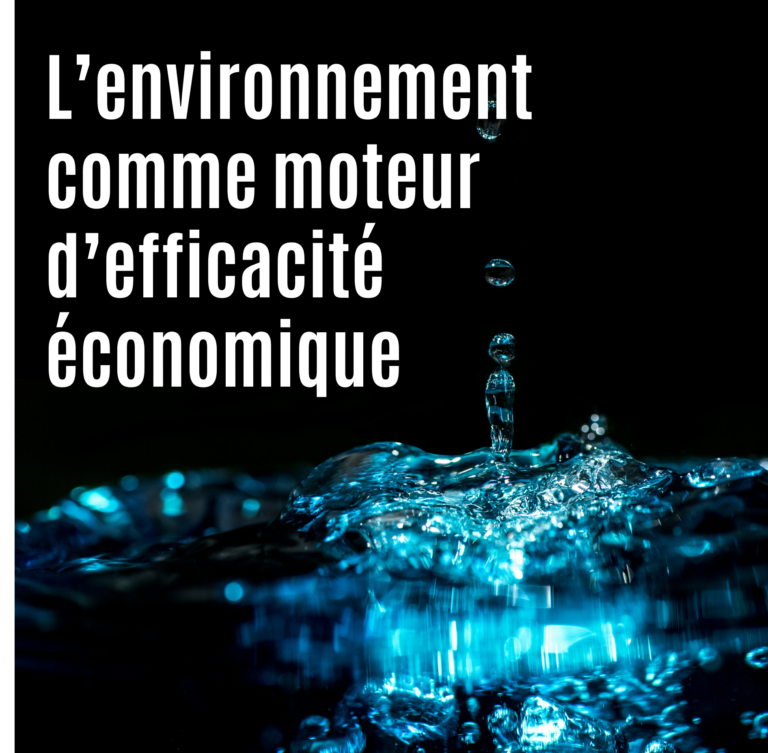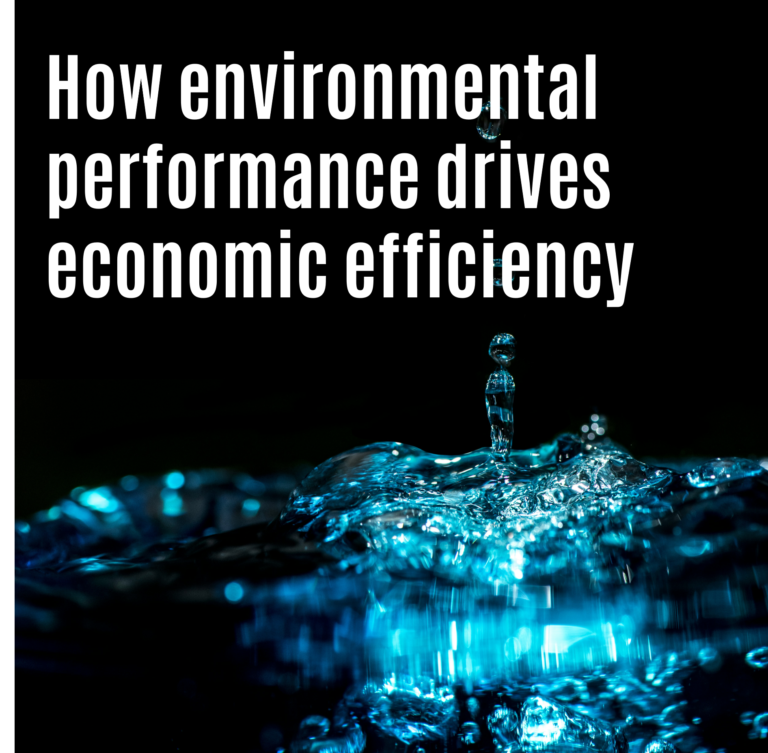At Earth Action, we support companies in assessing their carbon footprint and building decarbonisation roadmaps that are both ambitious and realistic. Measuring emissions is the first step in any climate strategy, but it does not guarantee that truly effective actions will follow. In some sectors, standard methods such as the GHG Protocol show their limits, and translating measurement into action runs into technological, economic, or behavioural barriers.
Based on our work with a waste management and treatment company, we highlight two major challenges:
- Carbon footprints that do not always reflect the company’s operational reality or its actual sphere of influence.
- Reduction pathways that are difficult to turn into concrete, sector-specific actions.
The key steps of a decarbonisation roadmap

To build a credible reduction pathway, companies typically need to:
- Measure their carbon footprint across Scopes 1, 2, and 3 following the GHG Protocol methodology.
- Define a level of ambition aligned with science, for example through Science-Based Targets (SBTi).
- Identify and model the actions required to meet the targets.
However, following these steps in a standardised way does not always ensure a realistic or effective strategy.
The limits of carbon footprints
A scope that does not match the company’s real influence.
The GHG Protocol provides a clear framework for measuring Scopes 1, 2, and 3. Yet in some sectors, it includes emissions that fall only partly under the company’s control.
For service providers, such as waste management companies, a large share of emissions is linked to end-of-life product treatment. While these impacts stem from their activity, most emissions are generated much earlier—during product design, manufacturing, and use—stages where the company has little to no influence.
This mismatch can make companies appear responsible for emissions over which they have no direct leverage.
Our solution: To address this, we developed a dedicated Scope 4 for downstream treatment. This distinction separates emissions that a company can realistically influence from those requiring systemic changes or action by other economic actors.
The challenge of turning data into action
Even when emission hotspots are correctly identified, converting them into practical measures is far from straightforward. Common obstacles include:
- Dependence on external actors. Some measures require consumer behaviour shifts or supplier innovation, such as reducing packaging. These depend on public policy and institutional support, particularly at the level of the Swiss Confederation.
- Technological limitations. Not all low-carbon solutions exist yet. For example, some specialised vehicles are not currently available in electric or low-carbon versions.
- Economic constraints. Replacing combustion-based vehicles or industrial equipment still requires significant capital investment. Financial support mechanisms are essential if companies are to reduce their Scope 1 and 2 emissions at scale.
- Over-reliance on CO₂ alone. Prioritising only carbon metrics can overlook other key levers. In recycling, for instance, some actions may deliver modest carbon savings while having major benefits for resource efficiency, pollution reduction, or circularity. A robust strategy should integrate complementary environmental indicators.
Our approach: When developing decarbonisation roadmaps, we ensure actions are realistic and directly implementable—for example, targeted machine replacement or process optimisation to cut Scope 1 and 2 emissions.
We also design an idealistic scenario, mapping out all possible medium-term actions even if they require favourable conditions (technological breakthroughs, financial incentives). This helps companies see the maximum achievable impact and visualise residual emissions, even in a best-case future.
Where relevant, we extend the analysis to other environmental impacts—such as resource use or pollution—so companies gain a holistic picture of action relevance. We can also integrate Reffnet projects (Switzerland’s resource efficiency network), which support companies in cutting material and energy use while reducing overall environmental impact.
Conclusion
Measuring a company’s carbon footprint is a critical starting point for building a climate strategy, but its real value lies in shaping specific, realistic actions aligned with the company’s true levers of influence.
At Earth Action, we go beyond diagnosis. By adapting the GHG Protocol where necessary and highlighting emissions that can genuinely be influenced, we help companies design reduction pathways that are both robust and applicable in the real world.
Our goal: to turn measurement into meaningful, actionable decarbonisation.
Want to take it further? Explore our catalogue – a comprehensive guide to our sustainability services designed to support your company on its transition journey.
Want to turn your carbon footprint into a concrete decarbonisation roadmap? Get in touch with Earth Action at contact@e-a.earth or visit www.e-a.earth to learn how we can support your strategy.



